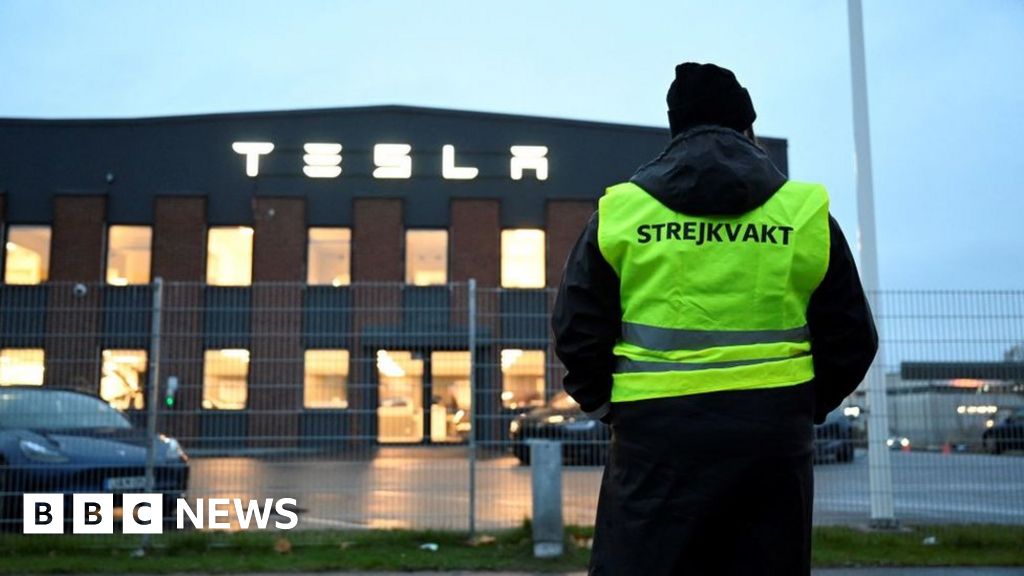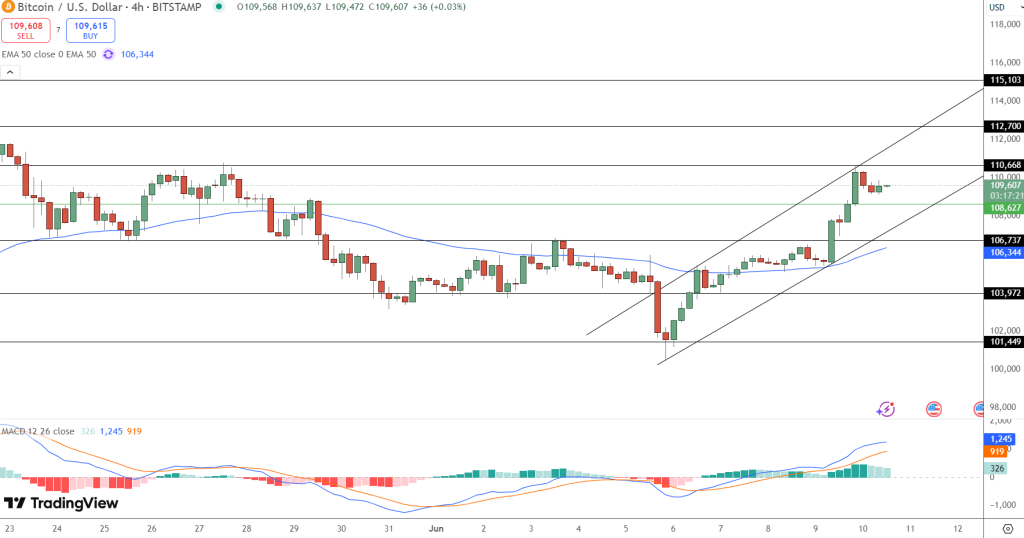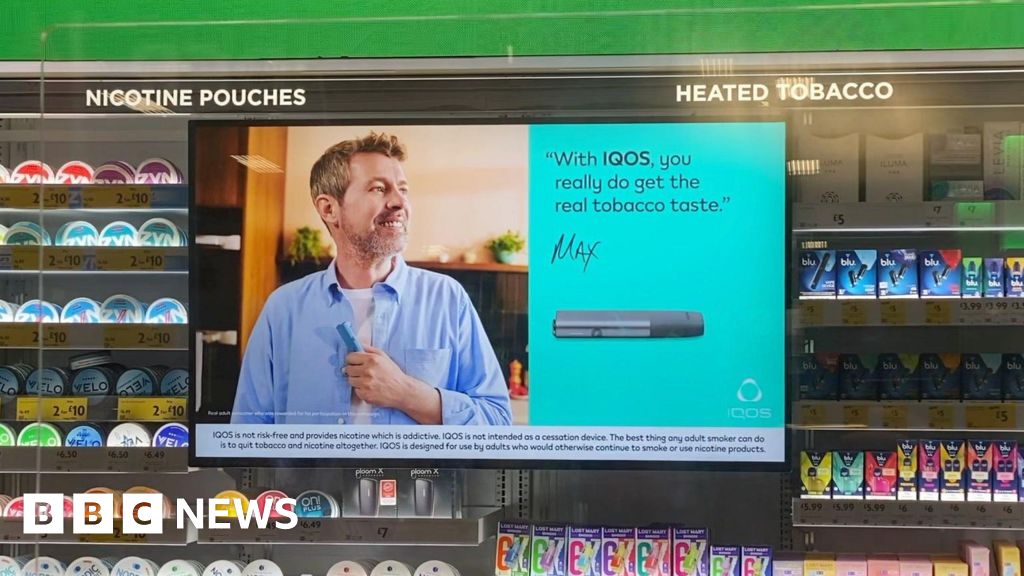Campaigning in Iowa this year, Donald Trump said he was prevented during his presidency from using the military to quell violence in primarily Democratic cities and states.
Calling New York City and Chicago “crime dens,” the front-runner for the 2024 Republican presidential nomination told his audience, “The next time, I’m not waiting. One of the things I did was let them run it and we’re going to show how bad a job they do,” he said. “Well, we did that. We don’t have to wait any longer.”
Trump has not spelled out precisely how he might use the military during a second term, although he and his advisers have suggested they would have wide latitude to call up units. While deploying the military regularly within the country’s borders would be a departure from tradition, the former president already has signaled an aggressive agenda if he wins, from mass deportations to travel bans imposed on certain Muslim-majority countries.
A law first crafted in the nation’s infancy would give Trump as commander in chief almost unfettered power to do so, military and legal experts said in a series of interviews.
The Insurrection Act allows presidents to call on reserve or active-duty military units to respond to unrest in the states, an authority that is not reviewable by the courts. One of its few guardrails merely requires the president to request that the participants disperse.
“The principal constraint on the president’s use of the Insurrection Act is basically political, that presidents don’t want to be the guy who sent tanks rolling down Main Street,” said Joseph Nunn, a national security expert with the Brennan Center for Justice. “There’s not much really in the law to stay the president’s hand.”
A spokesman for Trump’s campaign did not respond to multiple requests for comment about what authority Trump might use to pursue his plans.
Congress passed the act in 1792, just four years after the Constitution was ratified. Nunn said it’s an amalgamation of different statutes enacted between then and the 1870s, a time when there was little in the way of local law enforcement.
“It is a law that in many ways was created for a country that doesn’t exist anymore,” he said.
It also is one of the most substantial exceptions to the Posse Comitatus Act, which generally prohibits using the military for law enforcement purposes.
Trump has spoken openly about his plans should he win the presidency, including using the military at the border and in cities struggling with violent crime. His plans also have included using the military against foreign drug cartels, a view echoed by other Republican primary candidates such as Florida Gov. Ron DeSantis and Nikki Haley, the former U.N. ambassador and South Carolina governor.
The threats have raised questions about the meaning of military oaths, presidential power and who Trump could appoint to support his approach.
Trump already has suggested he might bring back retired Army Lt. Gen. Michael Flynn, who served briefly as Trump’s national security adviser and twice pleaded guilty to lying to the FBI during its Russian influence probe before being pardoned by Trump. Flynn suggested in the aftermath of the 2020 election that Trump could seize voting machines and order the military in some states to help rerun the election.
Attempts to invoke the Insurrection Act and use the military for domestic policing would likely elicit pushback from the Pentagon, where the new chairman of the Joint Chiefs of Staff is Gen. Charles Q. Brown. He was one of the eight members of the Joint Chiefs who signed a memo to military personnel in the aftermath of the Jan. 6, 2021, attack on the U.S. Capitol. The memo emphasized the oaths they took and called the events of that day, which were intended to stop certification of Democrat Joe Biden’s victory over Trump, “sedition and insurrection.”
Trump and his party nevertheless retain wide support among those who have served in the military. AP VoteCast, an in-depth survey of more than 94,000 voters nationwide, showed that 59% of U.S. military veterans voted for Trump in the 2020 presidential election. In the 2022 midterms, 57% of military veterans supported Republican candidates.
Presidents have issued a total of 40 proclamations invoking the law, some of those done multiple times for the same crisis, Nunn said. Lyndon Johnson invoked it three times — in Baltimore, Chicago and Washington — in response to the unrest in cities after the assassination of Dr. Martin Luther King Jr. in 1968.
During the Civil Rights era, Presidents Johnson, John F. Kennedy and Dwight Eisenhower used the law to protect activists and students desegregating schools. Eisenhower sent the 101st Airborne to Little Rock, Arkansas, to protect Black students integrating Central High School after that state’s governor activated the National Guard to keep the students out.
George H.W. Bush was the last president to use the Insurrection Act, a response to riots in Los Angeles in 1992 after the acquittal of the white police officers who beat Black motorist Rodney King in an incident that was videotaped.
Repeated attempts to invoke the act in a new Trump presidency could put pressure on military leaders, who could face consequences for their actions even if done at the direction of the president.
Michael O’Hanlon, director of research in foreign policy at the Brookings Institution think tank, said the question is whether the military is being imaginative enough with the scenarios it has been presenting to future officers. Ambiguity, especially when force is involved, is not something military personnel are comfortable with, he said.
“There are a lot of institutional checks and balances in our country that are pretty well-developed legally, and it’ll make it hard for a president to just do something randomly out of the blue,” said O’Hanlon, who specializes in U.S. defense strategy and the use of military force. “But Trump is good at developing a semi-logical train of thought that might lead to a place where there’s enough mayhem, there’s enough violence and legal murkiness” to call in the military.
Democratic Rep. Pat Ryan of New York, the first graduate of the U.S. Military Academy to represent the congressional district that includes West Point, said he took the oath three times while he was at the school and additional times during his military career. He said there was extensive classroom focus on an officer’s responsibilities to the Constitution and the people under his or her command.
“They really hammer into us the seriousness of the oath and who it was to, and who it wasn’t to,” he said.
Ryan said he thought it was universally understood, but Jan. 6 “was deeply disturbing and a wakeup call for me.” Several veterans and active-duty military personnel were charged with crimes in connection with the assault.
While those connections were troubling, he said he thinks those who harbor similar sentiments make up a very small percentage of the military.
William Banks, a Syracuse University law professor and expert in national security law, said a military officer is not forced to follow “unlawful orders.” That could create a difficult situation for leaders whose units are called on for domestic policing, since they can face charges for taking unlawful actions.
“But there is a big thumb on the scale in favor of the president’s interpretation of whether the order is lawful,” Banks said. “You’d have a really big row to hoe and you would have a big fuss inside the military if you chose not to follow a presidential order.”
Nunn, who has suggested steps to restrict the invocation of the law, said military personnel cannot be ordered to break the law.
“Members of the military are legally obliged to disobey an unlawful order. At the same time, that is a lot to ask of the military because they are also obliged to obey orders,” he said. “And the punishment for disobeying an order that turns out to be lawful is your career is over, and you may well be going to jail for a very long time. The stakes for them are extraordinarily high.”
___
Associated Press writers Jill Colvin and Michelle L. Price in New York, and Linley Sanders in Washington contributed to this report.
Credit: Source link











